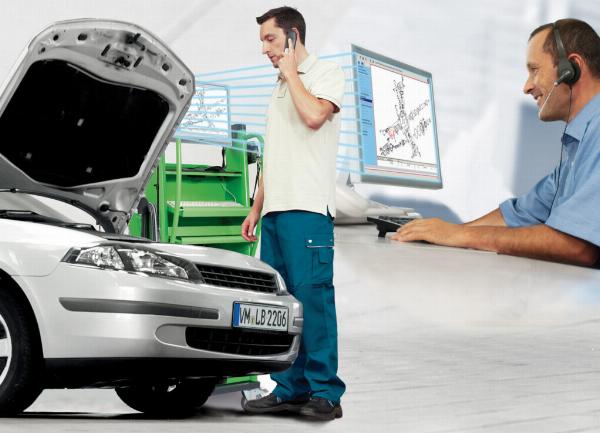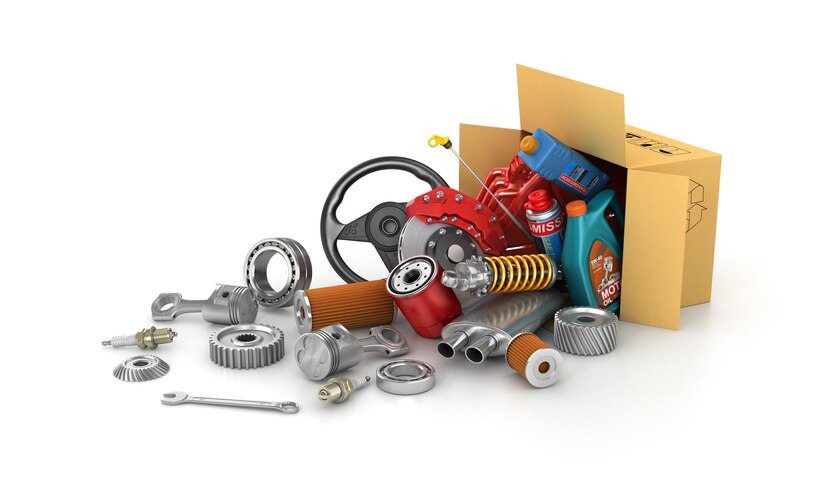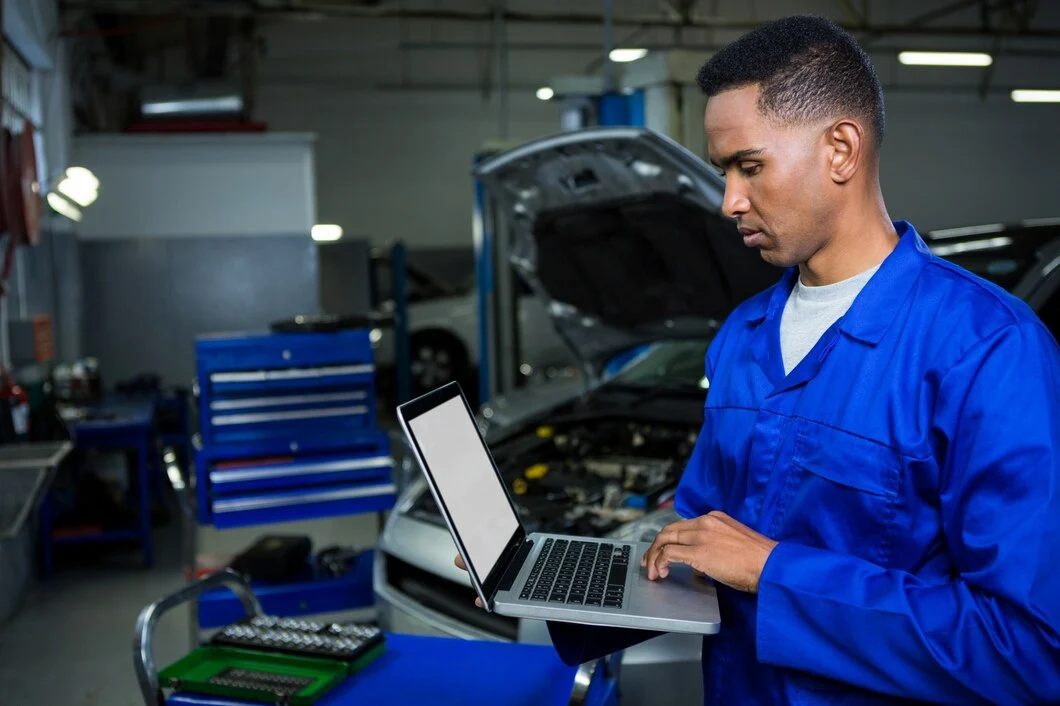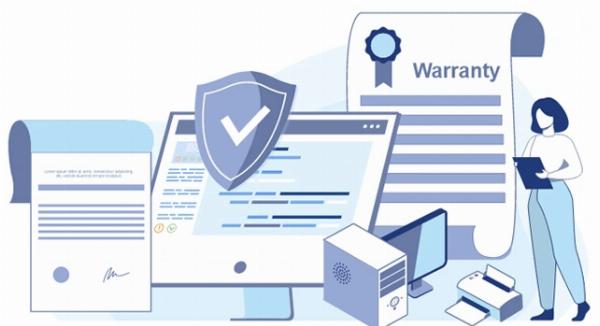How to Use Telematics Data to Improve Auto Repair Estimates

Strong 8k brings an ultra-HD IPTV experience to your living room and your pocket.
Imagine being able to predict and avoid costly repairs before they ever happen. Thanks to telematics, it would be possible for OEMs to determine just when a low tire pressure or other malfunction might occur—or even collect data in real-time. This technology was created to assess the performance of machines and is quite highly valued by OEMs to improve their operations in general.
Accurate repair cost estimation will support OEMs to retain their customers by managing the trust with them through warranty claims, thereby optimizing their service delivery. The traditional process of providing cost estimates involves analyzing historical data and referring to standard inspections. Telematics can enable OEMs to bring more effectiveness in cost estimation by making more informed and fact-based estimates. This blog shall help us understand how telematics has become a game-changing factor for the OEMs in increasing their efficiency and providing more customer-focused results.
Telematic Vehicle Data: What is it?
Telematics is the technology of sending information over long distances, ideally to and from vehicles. Telematics sends real-time data using GPS, wireless communication, and onboard diagnostics.
This data is analyzed then to deliver insightful information about driving behaviour, performance of the vehicle, and overall management of the vehicle. Telematics in the automotive industry has forged its way in and helped in monitoring vehicles and their performance efficiently.
Telematics for a vehicle in real life would track the route it's on, its speed, and performance through GPS. This data, in turn, is used to recommend better routes to travel with less traffic, avoiding routes on which road repairs are taking place and within minimum time. It's highly useful in businesses relying on fleet management to ramp up their efficiency with less time and money.
Several auto repair estimate software solutions in the aftermarket industry provide market estimates for parts, labor costs for replacement, and accurate information on updates for precise repair cost estimation.
Traditional Repair Cost Estimation
The traditional method of cost estimation includes a technician conducting a series of inspections to access the problem. The problem is then identified with the help of manuals to replace or repair the faulty component. Based on the information, the technician then calculates the price of replacement, the part's price, and the labor cost.
The labor cost is generally estimated by the standard time that a technician takes in replacing or repairing a part. This method has existed in the market for several years and has several challenges as well as limitations when it comes to rounding off to the actual estimate. To better understand the traditional method and its limitations, let us discuss the challenges faced by the technicians.
Challenges
Human Errors
Traditional methods of estimation include manual inspections, during which human errors are possible. There are possibilities of underestimating or misinterpreting the severity of an issue. The result of this could be a delay in delivery of the vehicle and additional expenses.
Time-Consuming
Manual inspection and referring to the manual during traditional estimation are highly time-consuming. There can be instances of delay in delivery date due to solving complex issues with the machine. Making sure that the historical data is in check is another tedious task.
Regular Update
There are several factors that fluctuate in the traditional estimation method, for example, labor costs, prices of parts, prices according to demand, etc. Since historical data cannot be edited or updated in real time, it has been a significant drawback. A new model of the vehicle or an update to an existing part can make the historical data invalid.
Unpredictability
Traditional methods of estimation are designed to diagnose and estimate the price of a repair or replacement. It is not designed to predict or foresee any future repairs or replacements. Due to this, after the vehicle has been handed over to the customer, there is a chance of another repair in a short time frame. This can significantly disrupt the company’s relationship with their customers and lead to additional charges.
Inconsistent Estimate
The quality of repair and the cost of labor can be majorly affected by the experience and skill set of the technician. An experienced technician may charge higher than others; this poses a gap in estimation and challenges customer relations.
These challenges prompted the need for an efficient method to estimate the cost of repair.
How Has Telematics Data Improved the Cost Estimation Process?
Real-Time Vehicle Monitoring
Telematics allows technicians to access real-time data on the engine's performance, which helps in providing a realistic estimate. Data-driven results, provide a better estimate of repair costs.
Early Detection
Predictive analysis of telematics helps in identifying patterns in a vehicle's performance that could indicate that it needs repair. By detecting issues in the early stage, OEMs can draw an estimate, including all potential repairs. Foresight allows OEMs to prevent any unexpected expenses, making repair estimate predictions more accurate.
Efficient Diagnostics
Telematics automatically collects data from the performance of the vehicle and reduces the time invested in diagnostics. Time invested by technicians on manuals and inspections is reduced to half.
Accuracy
With the help of telematics, OEMs can give more precise estimations on repairs and replacements with data-driven results. OEMs are able to better predict the cost, which helps in nurturing good customer relations.
Integration with Predictive Maintenance
Telematics has made predictive maintenance accessible through creative and efficient methods of predicting repairs. The real-time data of the engine or other functioning parts can make it easier to set a better cost estimate.
Revolution of Repair Cost Estimation
Telematics data has brought significant changes to the repair cost estimation industry by presenting an advantage over traditional methods. With the help of real-time data provided by telematics, technicians can make more informed decisions and conduct quick inspections. Along with inspections, OEMs can provide better estimates for repair based on the condition and functioning of the vehicle.
As the automotive industry has been exploring telematics, the future holds great potential for innovative automobiles that are more sustainable and efficient. The aftermarket industry has great potential to become more customer-centric with the upcoming data-driven approach.
Note: IndiBlogHub features both user-submitted and editorial content. We do not verify third-party contributions. Read our Disclaimer and Privacy Policyfor details.







